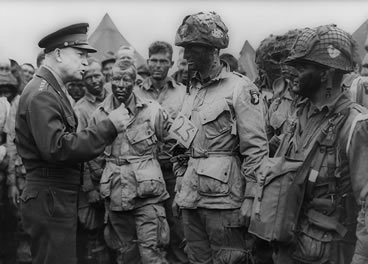Results have not yet been posted but the June 2, 2012 Delta Ditch Run was a wild ride. The weather forecast was for sun and a stiff downwind breeze with flood tide. Everyone knew they were in for a fast race of 65 miles if they could just keep their shiny side down. Here’s the first video I’ve found posted. It’s from Twisted, a Farr 40 (PHRF 0), during the early minutes of the Division A start.
Nearly half-way through the race even big, experienced boats in Division A showed signs of trouble. I watched Tiburon, a Santa Cruz 37 (PHRF 27) spin out-of-control. We were in a dual with them on gibes until they botched one and ran aground on a shoal during a twisted-kite broach (“broadie” as some like to say). Fortunately they managed to free themselves as they spun and flipped back with a spectacular second broach. Then, unable to get their kite down, they were dragged hard aground in 3-foot deep water as they fought a third and final broach.
Meanwhile, Double Trouble, a J-125 (PHRF -12), who should have been far ahead of us instead was now trying to catch up. They appeared to be making good time with the giant puffs yet under mainsail alone. Someone pointed out it looked like they had been reduced to just Single Trouble. Conditions were tough in the monohulls, to say the least.
Preliminary results indicate that Bruce Edwards and Eric Willis took first-to-finish honors on a Melvin & Morrelli 2009 design called the Nacra F20 Carbon. Here’s an “official” video of the boat:
I see at least two important points to be made about this boat and its result in the race.
- You should sail a catamaran, even in the Bay: Bruce and Eric are extremely talented racers with a lot of experience in local heavy-air conditions on skiffs and the A-Class Catamaran. Line honors couldn’t go to a nicer team. But it is important to note they are not professional sailors. They both hold full-time jobs and this is a new boat to them. Given that conditions in the race were close to survival-level in terms of difficulty — gusts over 30 knts, confused and often steep waves, shallow and narrow channels with hidden shoals and several hours of gibes — they proved that catamaran sailing is a reasonable platform even for amateurs in the Bay Area. Compare their performance, for example, to the sad sight of a fleet of dismasted Melges 20 (five reported). The monohull fleet not only faced damage and disaster but the amateur Melges 20 (PHRF 111) sailors must be seriously concerned about all their upcoming events on the Bay. I wonder if any of them are saying “I could have had a Nacra F20 Carbon! (and for half the cost)”
- The forefront of sailing innovation and performance is with catamarans: The America’s Cup 2013 technology and research investment in sailing is clearly trickling down to designs of all sizes. With that in mind more catamarans have been appearing in the Bay Area than ever before and more up-and-coming sailors are showing interest in cats. Just a few years ago I used to get odd looks from professional sailors and campaign owners when I would bring up the Tornado or A-Class, yet today they are the ones who seem to be bringing the latest two-hull designs to the water first. Can you believe there are a pair of matching catamarans, one red and one blue, in the Pegasus compound? And how about finding a new Nacra F20 Carbon for sale by the Oracle team after just a few trials in San Francisco? The attention of the high-performance sailing community and sponsors is shifting quickly to two hulls and, given successes like the Delta Ditch Run, is likely to have an effect on the Bay Area for years ahead. Of course the Delta Ditch Run has been won by a small fleet of catamarans since forever but the big difference is now we have inexpensive boats designed for amateur fleets (F18 and F20), which offer owners the chance to enjoy some of the best ideas and equipment in sailing, and that provide experience directly relevant to moving up to an Olympic campaign or professional career in sailing.
Update: Results have been posted. The Nacra F20c (originally listed as PHRF -81, now TCF Texel 1.124) was officially first to finish at 15:18:11 (Elapsed 04:18:11, Corrected 06:37:57).
Big congratulations to Melvin & Morrelli on the design and to Bruce Edwards and Eric Willis for their win! As much as I truly love sailing a Tornado (a timeless design) and the A-Cat (a development class), I have to admit I can’t wait to be out on a Nacra F20 Carbon…
